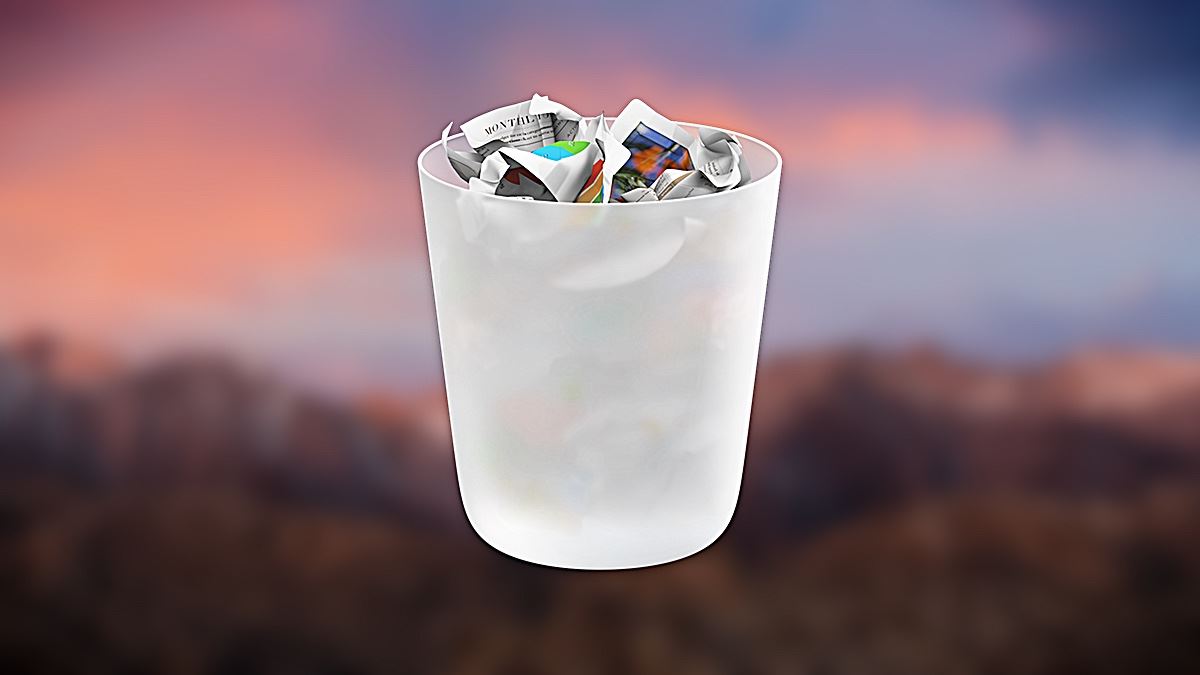
- #Restore files from trash mac how to
- #Restore files from trash mac for mac
- #Restore files from trash mac full
- #Restore files from trash mac pro
- #Restore files from trash mac Pc
But soon you realize that you have deleted wrong items and then want to restore them all. Here, we are discussing about Mac system so all the deleted items directly move into trash bin. But while deleting useless stuffs, you delete some of your important data along with it.
#Restore files from trash mac for mac
These cases are same for Mac and Windows system. You delete files either because they are no more useful and important or may be to free disk space. Usually while using a computer system whether it be Mac or Windows, you need to delete data and files from the system.
#Restore files from trash mac how to
Keep local backups safe, but don’t forget to backup your files to a cloud storage provider like Backblaze or Apple iCloud or Google Drive for your own peace of mind.Know How To Mac Restore Trash To Original Location Of course, having Time Machine backups are just one part of creating a wider data backup strategy for macOS.

Time Machine allows you to restore your Mac files and installation to an earlier date, restoring any lost files in the process. For Mac owners, setting up Time Machine on macOS is a good option. Protecting Sensitive Files on macOSīacking up your sensitive files is the best way to avoid losing them. Your deleted files should now appear in your chosen folder, ready for you to use again. Choose where you want to save the files, then click Choose to save.

Right-click any file you want to restore and click Recover to recover them. Many of the files may be junk files that you can ignore, but keep an eye out for files that you might want to recover. Once the process has completed, Disk Drill will show you what it has found. To begin recovering files from your drive, click the Recover button next to it.ĭisk Drill will take some time to scan your drive and recover any potential files. A list of detected drives and partitions will appear in the Disk Drill menu. Once Disk Drill has the right permissions to run, run the app again.
#Restore files from trash mac full
You can do this from System Preferences, which you can access from the Launchpad or as an icon on your Dock.įrom there, click Security & Privacy > Privacy > Full Disk Access and grant access to Disk Drill and BackService. When you first run the Disk Drill app, you’ll be asked to grant full disk access.
#Restore files from trash mac Pc
That includes downloading the Disk Drill app using another PC or Mac and running it from a USB flash drive, where possible. It’s also worth making as few changes as possible to your drive before you run the app.
#Restore files from trash mac pro
It’s free to use Disk Drill to scan for deleted files, but you’ll need to pay for Disk Drill Pro to be able to restore them. The best chance of success is to use Disk Drill to restore files that you’ve only just deleted. Disk Drill isn’t foolproof, and it can’t always restore deleted files, especially if they were deleted some time ago. This allows file restoration apps, like Disk Drill and others, to restore your files. It removes information about the file, but the contents generally remain in place on your drive until overwritten by other files. When you delete files from the Trash folder, it doesn’t completely remove all traces of those files from your drive. Restore Deleted Files on macOS With Disk Drill If you haven’t backed up your files, you can try the Disk Drill app to try and restore them instead. If you’ve already deleted the file from the Trash, or otherwise emptied it, you’ll need to think about restoring the file from a backup. You can do this for multiple items by selecting them first, which you can do by holding the Shift key on your keyboard and clicking on each file, then right-click > Put Back to restore them. To restore an item from the Trash, right-click on a file and click Put Back to restore it.

The Trash folder appears as an app on the Dock for you to access.Ĭlick on the Trash folder icon on the Dock to access it. If you’ve deleted a file on Mac, but you haven’t emptied the Trash folder, you can restore folders from it.

Like the Recycle Bin on Windows, this acts as a storing ground for files before they’re finally deleted. When you delete a file on macOS, it usually heads to the Trash folder (named Bin in some locales). Some methods are easier than others, but if you want to restore deleted files on macOS, here’s how.


 0 kommentar(er)
0 kommentar(er)
